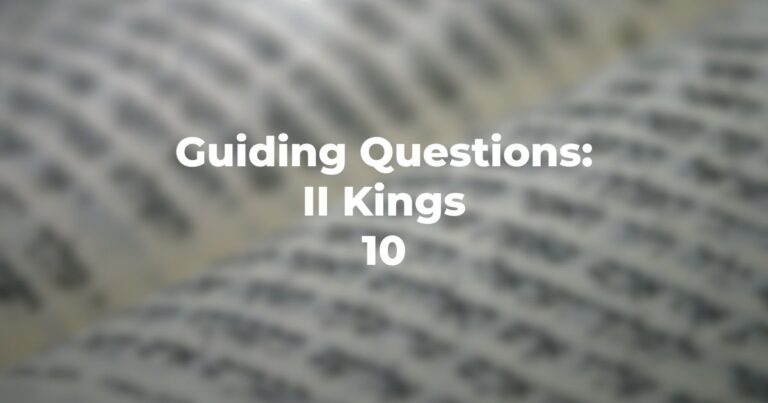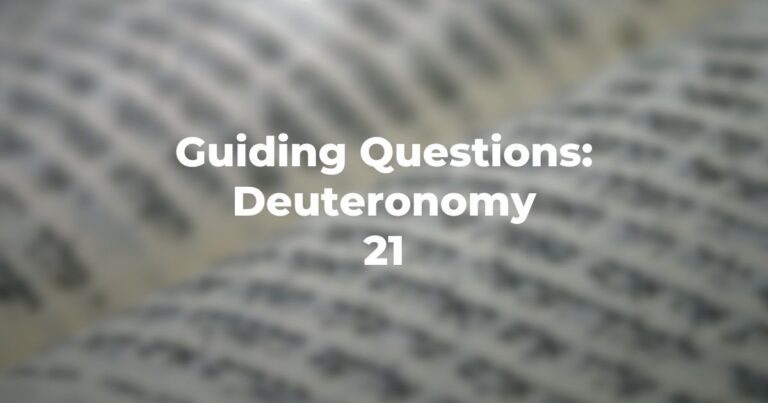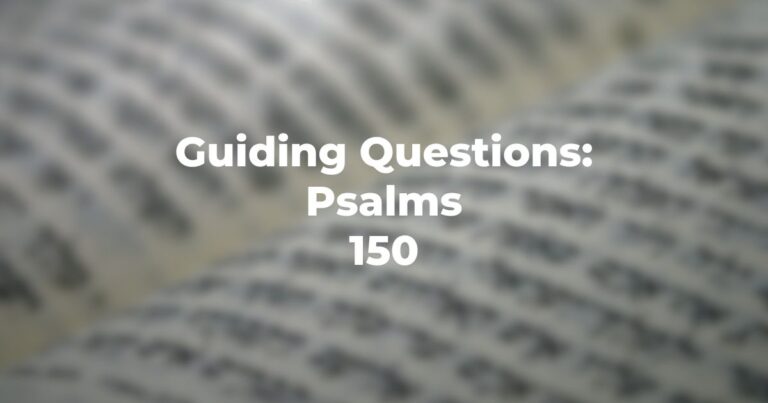- Why does Boaz go to the gate of the city? (Ruth 4:1)
- Why is the “redeemer of first right” not named (ploni-almoni is a term of semi-pejorative anonymity)?
- What is the function of the ten elders? (Ruth 4:2)
- Boaz tells the “redeemer” of the property redemption incumbent on him but does not mention Ruth; to which, how does the redeemer reply? (Ruth 4:4)
- Then Boaz adds that with the field comes Ruth — and the obligation to “continue the name of the dead” — meaning?
- The “redeemer” now declines and withdraws his initial assent — fearing the “destruction of his inheritance” — and how would this come about via “continuing the name of the dead”?
- Why is Ruth 4:7 positioned here — what is assumed as to the knowledge of auditor/reader as to “ancient practices”? (Ruth 4:7-8)
- With Boaz’s redemption of his relative’s property — what is to become of Ruth — and why? (Ruth 4:10)
- In Ruth 4:10 is Ruth adjectivated as Jewess or Moabitess; and is the author “making a point”?
- Would the elders appear to be pleased at what has transpired? (Ruth 4:11)
- Who was Peretz — his father? — his mother? and her religious identity? Is this a parallelism? (Ruth 4:12)
- Is Naomi’s lot, as the text concludes, still deserving of the term “mara”?
- The child is named Oved, father of Yishai — father of David and accordingly, on both sides of the ancestry of David, what is the “maternal line”?
- What point is the author making as to the acceptability of those whose origin is not Jewish?
- Why the epilogue as to Peretz (Ruth 4:18-20) and how does it accentuate the author’s basic point?
- When then, might this scroll have been written and to argue what premise?
- Is the reader encouraged to welcome “choosing Jews”?
Author
-

Exploring Judaism is the digital home for Conservative/Masorti Judaism, embracing the beauty and complexity of Judaism, and our personal search for meaning, learning, and connecting. Our goal is to create content based on three core framing: Meaning-Making (Why?), Practical Living (How?), and Explainers (What?).
View all posts




